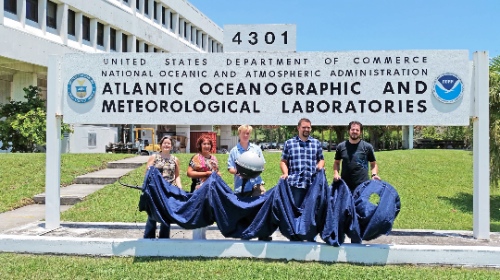NOAA’s Global Drifter Program is a globally collaborative research project that provides near real-time marine data for the world. It allows us to record data for weather forecasts, track decadal patterns, and pinpoint inter-annual climate variations like El Nino Southern Oscillation. Global drifters provide observational verification for weather models, calibrate satellite observations, and collect and transfer new data about the ocean temperature, currents and barometric pressure.
If you’ve ever sailed aboard a ship in the coastal ocean, or checked a weather report before going to the beach, then you are one of many millions of people who benefit from ocean observations. NOAA collects ocean observations and weather data to provide mariners with accurate forecasts of seas, as well as coastal forecasts and even regional climate predictions. It takes a lot of effort to maintain observations in all of the ocean basins to support these forecasts, and NOAA certainly can’t do it alone. Partnerships are essential to maintaining a network of free-floating buoys, known as drifters, and NOAA’s latest partner is not your typical research or ocean transportation vessel: the six sailboats and crew currently racing around the world in the Volvo Ocean Race.
As one of the world’s major global sailing races, the Volvo Ocean Race greatly depends on accurate predictions of ocean currents and marine weather. All six of the Volvo Ocean Race teams will each deploy a drifter, a free-floating sensor that measures surface pressure and ocean currents and transmits the information by satellite to NOAA, during the fifth leg of the race, in the Southern Ocean – a region oceanographers don’t get to visit regularly, but one that is important to observe.
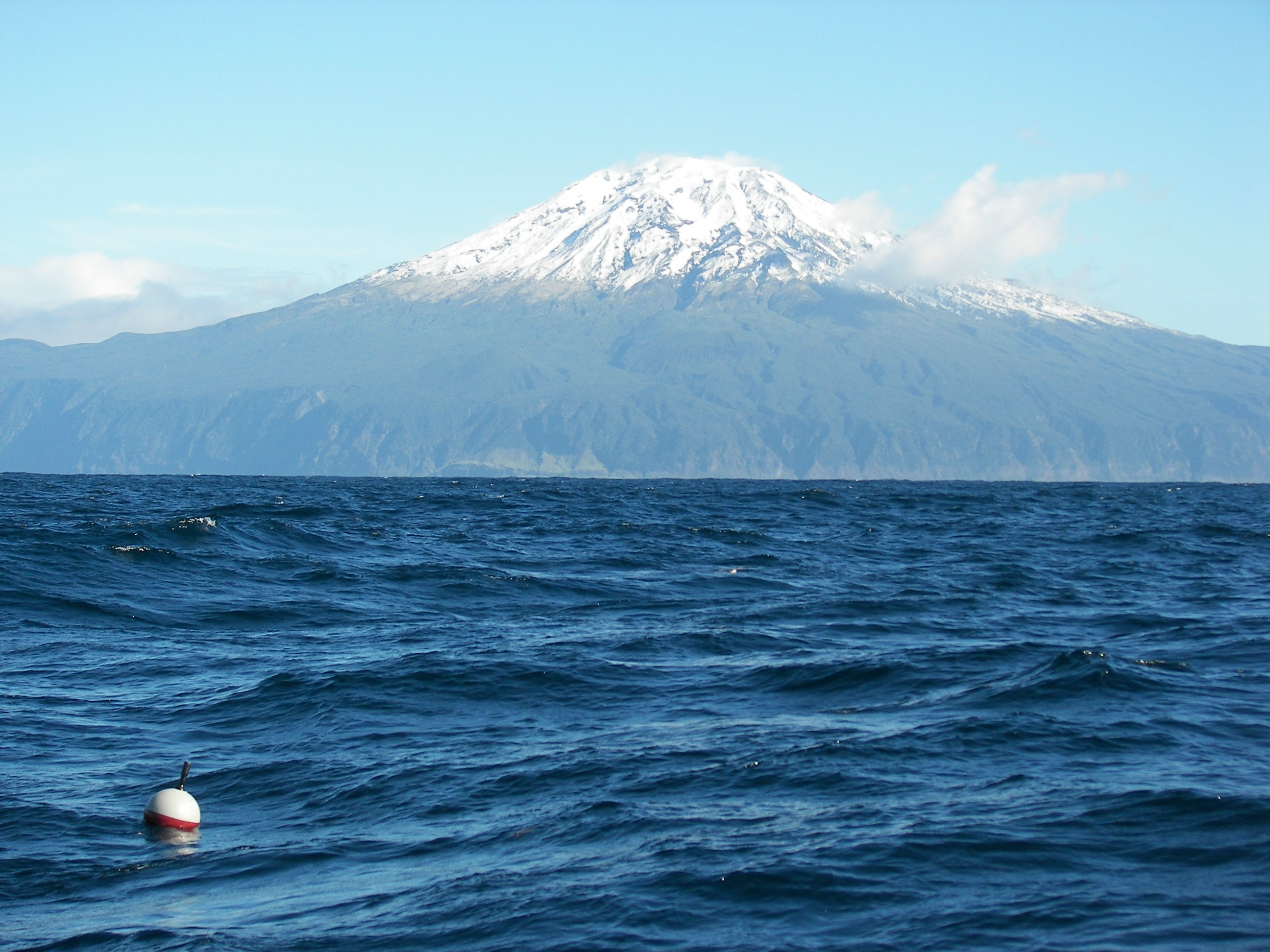
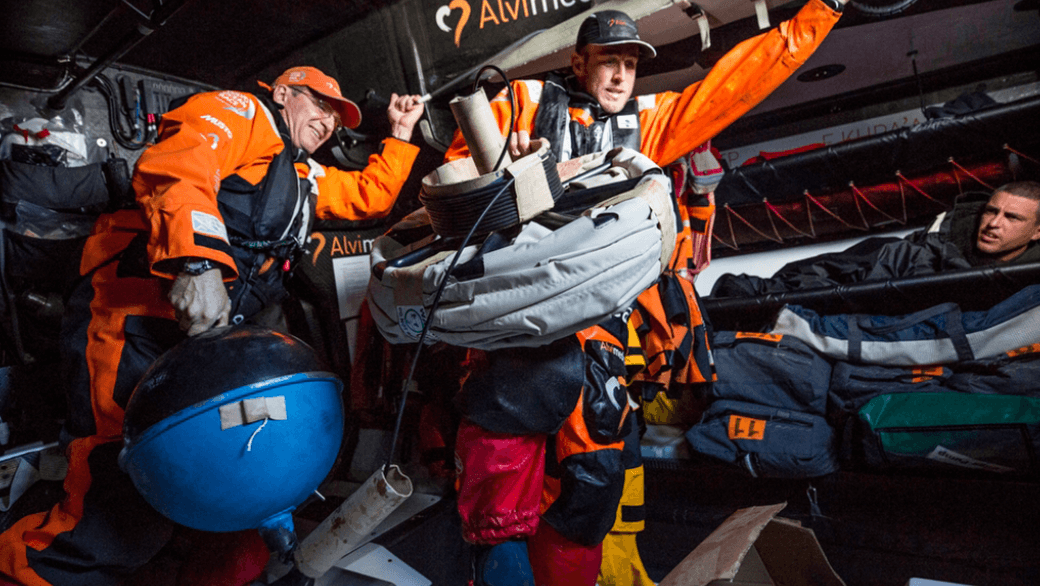
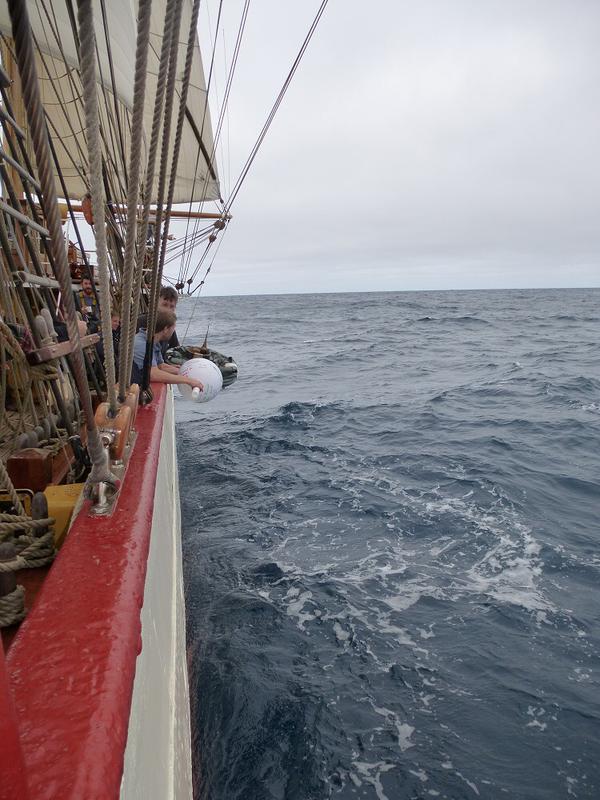 A drifting buoy being deployed from the Bark Europa off South Africa (credit: NOAA/AOML).
A drifting buoy being deployed from the Bark Europa off South Africa (credit: NOAA/AOML).

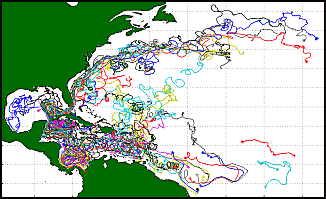 Map of drifter trajectories in the North Atlantic. (credit: NOAA/AOML)
Map of drifter trajectories in the North Atlantic. (credit: NOAA/AOML)
